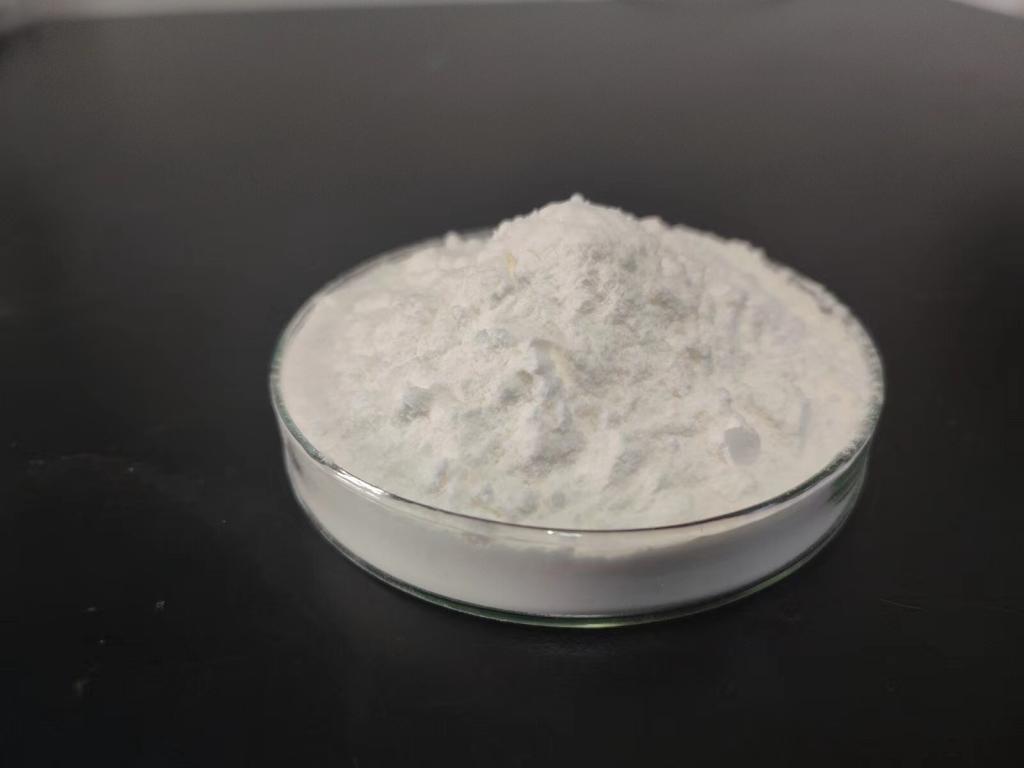Tel:+8618231198596

News
 CONTACT
CONTACT
 CONTACT
CONTACT
- Linkman:Linda Yao
- Tel: +8618231198596
- Email:linda.yao@dcpharma.cn
- Linkman:CHARLES.WANG
- Department:Overseas
- Tel: 0086 0311-85537378 0086 0311-85539701
News
The Future of ε-Polylysine Hydrochloride: Trends and Innovations
TIME:2024-01-12
Overview of ε-Polylysine Hydrochloride:
ε-Polylysine hydrochloride is a natural polymer produced by Streptomyces albulus. Composed of multiple lysine units, it exhibits unique properties that make it valuable in different fields. Its cationic nature, biodegradability, and safety contribute to its appeal as an alternative to traditional antimicrobial agents and preservatives.
Antimicrobial Properties and Applications:
One of the key attributes of ε-polylysine hydrochloride is its potent antimicrobial activity. It has shown efficacy against a broad spectrum of microorganisms, including bacteria and fungi. As antibiotic resistance becomes a global concern, ε-polylysine hydrochloride stands out as a promising solution. Future trends may see an increased emphasis on its use in pharmaceuticals, personal care products, and various industrial applications where antimicrobial properties are crucial.
Food Preservation and Safety:
In the food industry, ε-polylysine hydrochloride has gained recognition as an effective preservative. Its ability to inhibit the growth of spoilage microorganisms and pathogens makes it an attractive option for extending the shelf life of various food products. As consumer demand for clean-label and natural preservatives rises, ε-polylysine hydrochloride is poised to play a significant role in shaping the future of food preservation strategies.
a. Meat and Poultry: The application of ε-polylysine hydrochloride in meat and poultry products has shown promise in controlling bacterial contamination and extending freshness. Future innovations may include optimized formulations and delivery systems tailored to the specific needs of these products.
b. Dairy and Beverages: Dairy and beverage industries are exploring ε-polylysine hydrochloride as a natural preservative to enhance product safety. Its stability under different processing conditions and compatibility with various matrices make it a versatile option for clean-label formulations.
c. Bakery and Ready-to-Eat Foods: In the context of bakery items and ready-to-eat foods, ε-polylysine hydrochloride's role in preventing mold growth and bacterial contamination aligns with consumer preferences for minimally processed and safe food choices.
Medical and Pharmaceutical Innovations:
Beyond its applications in the food industry, ε-polylysine hydrochloride holds promise in medical and pharmaceutical fields. Research suggests its potential in drug delivery systems, wound healing, and combating microbial infections. Future trends may see advancements in formulations that enhance drug bioavailability, controlled release, and targeted therapeutic applications.
a. Drug Delivery: The biocompatibility and biodegradability of ε-polylysine hydrochloride make it an attractive candidate for drug delivery systems. Innovations in nanoparticle formulations and controlled release mechanisms may open new avenues in personalized medicine.
b. Wound Healing: The antimicrobial properties of ε-polylysine hydrochloride can be leveraged in wound care. Future developments may include the integration of ε-polylysine hydrochloride into dressings and topical formulations to prevent infections and promote faster healing.
c. Antimicrobial Agents: The rise of antibiotic-resistant strains has prompted exploration into alternative antimicrobial agents. ε-Polylysine hydrochloride's unique mechanism of action makes it a potential solution for addressing antibiotic resistance in various medical applications.
Environmental Sustainability:
As the world grapples with environmental challenges, ε-polylysine hydrochloride's biodegradability and eco-friendly profile position it as a sustainable alternative in various industries. Future trends may see increased emphasis on its use in environmentally conscious products and processes, contributing to a more sustainable and responsible approach to production and consumption.
Regulatory Considerations:
The regulatory landscape surrounding ε-polylysine hydrochloride is an important aspect of its future development. Collaborative efforts between researchers, industry stakeholders, and regulatory bodies are essential to establish clear guidelines for its use in different applications. Meeting regulatory requirements ensures the safe and responsible integration of ε-polylysine hydrochloride in various products.
Challenges and Opportunities:
While ε-polylysine hydrochloride holds immense potential, there are challenges that need to be addressed for its widespread adoption. Formulation optimization, cost-effectiveness, and consumer awareness are key areas of consideration. Opportunities lie in collaborative research initiatives, technological advancements, and the development of innovative applications that capitalize on the unique properties of ε-polylysine hydrochloride.
Conclusion:
The future of ε-polylysine hydrochloride is marked by exciting possibilities across diverse industries. From its established role in food preservation to emerging applications in medicine and environmental sustainability, ε-polylysine hydrochloride is poised to be a transformative agent. As research continues and technological innovations unfold, ε-polylysine hydrochloride is likely to play a pivotal role in addressing contemporary challenges and shaping a future where natural, effective, and sustainable solutions are paramount.
- Tel:+8618231198596
- Whatsapp:18231198596
- Chat With Skype







